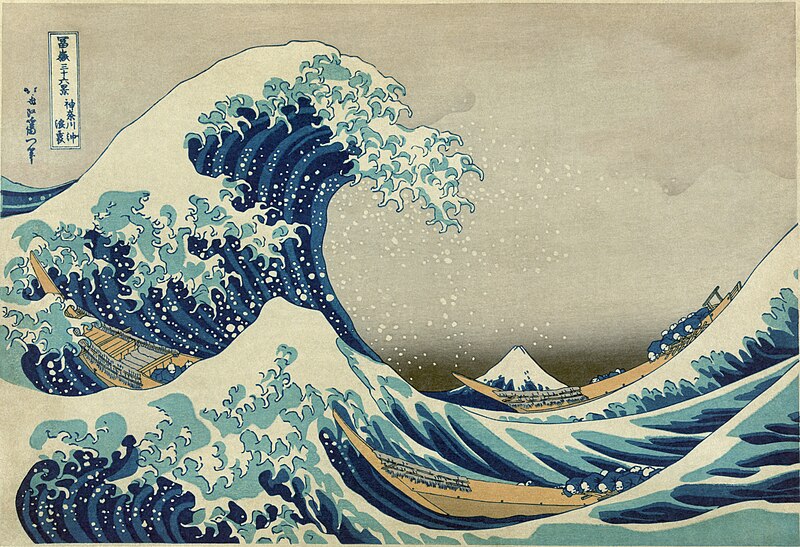The use of hydraulic fracturing to exploit unconventional sources of natural gas is perhaps the most divisive new development in domestic energy technology this decade. Hydrofracking, or "fracking" as it is commonly called, is the process by which pressurized fluid intrudes into a rock formation, resulting in the fracture of bedrock. Increasingly, this technique is used in natural gas extraction where pressurized water, chemicals, and propping agents are injected into a wellbore in order to induce and maintain fractures at-depth in gas-bearing formations. This technology has recently allowed the profitable exploitation of “unconventional” natural gas deposits, which includes shales, coalbeds, and tight sands (EPA, 2011).
The potential energy resources of unconventional gas deposits are predicted to be significant (comprising up to 60% of onshore gas resources), and in the United States may end up providing an alternative to imported fossil fuels and “dirtier” energy sources such as coal (DOE, 2009). Recent estimates by the Energy Information Administration predict over 2,552 trillion cubic feet of recoverable natural gas in the U.S., enough to supply the nation for 110 years at current rates of production (EIA, 2010). The largest reservoirs of the newly available gas are stored in shale basins spread across the eastern, southern, and central U.S. This includes the Barnett formation in Texas, the Fayetteville formation in Arkansas and Oklahoma, and the Marcellus formation, which extends from Tennessee up through New York. Natural gas exploration and production in these regions has increased exponentially over the last few years. In the U.S. in 2008, the number of natural gas and condensate wells increased 5.7%, reaching an historic peak of 478,562 wells (Kargbo et al., 2010).
Those wells which employ hydraulic fracturing, however, are increasingly coming under scrutiny as new concerns have emerged about the environmental and health impacts of this new technique. A single HF operation can require millions of gallons of hydraulic fracturing fluid- a mixture of water, a proppant such as sand or ceramic beads, and up to 750 chemicals and other components. A recent Congressional investigation determined that between 2005 and 2009, HF operations used at least 29 chemicals that are either human carcinogens (such as benzene and lead), regulated under the Safe Drinking Water Act, or regulated under the Clean Air Act (U.S. House of Representatives, 2011). There is widespread public concern about the threat to drinking water safety, as well as concern that the oil and gas service companies and regulatory agencies are not aware of the full range of dangers or even the ingredients in HF fluid (Urbina, 2011). To assess the exact risk to drinking water resources, the EPA has recently initiated a study of the full lifecycle of HF production (EPA, 2011).
Widespread public resistance to hydraulic fracturing has taken on a number of forms, from popular documentaries ("Gasland") to regular and solicitous articles in the New York Times. Bus stops ads in Manhattan show a vacationer tubing on a lake wearing a silver hazmat suit. Concerned community groups have rallied in rural areas where drilling has been extensive. Counter-point arguments come forth from industry executives, but not many other sources.
So, is the drilling actually harmful? I attended a seminar on this subject at this year's annual meeting of the American Academy for the Advancement of Science. Geologists, engineers, and sociologists contributed to what was probably the most heated debate at an otherwise sedate conference. While some believed the drilling to be harmful and others insisted it was benign, the most salient message was that more research needed to be done on the subject. The EPA is pushing forward with a large study now, but this is a multi-dimensional issue, with environmental, hydrologic, health, economic, and sociological implications. It may take many studies more to approach an accurate assessment of the risks.
Sources:
Associated Press (April 2011) Pennsylvania: Drilling Technique Suspended After Spill. National Press Briefing, Washington D.C.
EIA, Annual Energy Outlook 2011 Early Release (December 2010); EIA, What is shale
Kargbo, David, Ron Wilhelm, and David Campell (2010) Natural Gas Plays in the Marcellus Shale: Challenges and Potential Opportunities. Environmental Science & Technology. 44:5679-5684.
Urbina, Ian (February 2011) Regulation Lax as Gas Wells’ Tainted Water Hits Rivers. The New York Times, February 27, 2011.
U.S. Environmental Protection Agency, Office of Research and Development (February 2011) Draft Plan to Study the Potential Impacts of Hydraulic Fracturing on Drinking Water Resources. Washington D.C. Report, 140 pp.
U.S. House of Representatives, Committee on Energy and Commerce, Minority Staff (April 2011) Chemicals Used in Hydraulic Fracturing. Washington D.C. Report, 32 pp.
U.S. Department of Energy (2009) Modern Shale Gas Development in the United States: A Primer; DE-FG26-04NT15455; U.S. DOE: Washington, D.C.

















